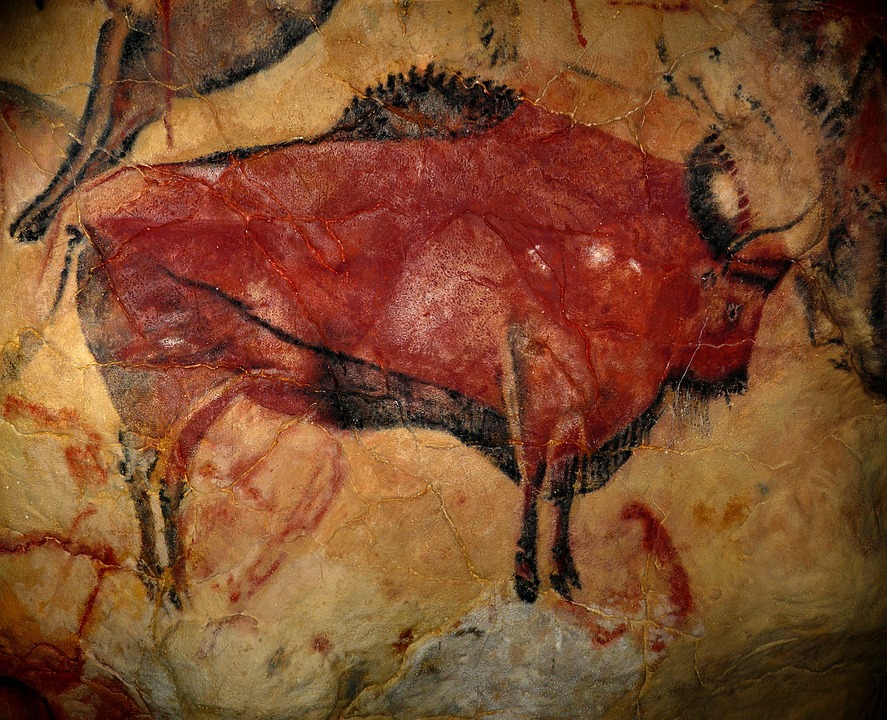Regardless of subject matter, medium, technique, or level of experience, all painters work inevitably with space, line, value, and color. By controlling visual relationships, we create images of things that wouldn’t actually be on the surface of an image at all: shape, depth, separation, texture, different degrees and types of light. If photographed accurately, these items magically produce convincing illusions of the subject.
Art has always been a means of communication. It is a ‘show and tell’ process with the narrative being the most important. We zoom in on what we personally discover to be the most important aspect of our subject, then connect principles of art to more effectively communicate our unique emotional connection to that special object.
Technically, we must understand exactly how to achieve the end results or why they fail. It’s those visual relationships that make the difference.
We must see and know our subject. Guessing probably destroys compositions more than any other factor. It is usually good enough. We cannot produce a work of artistic merit until we focus intently on the principles of art rather than merely attempting to replicate what we see ‘exactly as it is’, leaving nothing out, but putting nothing at our option. I believe it is essential to recognize, evaluate and control eight key components of each panel.
impact
This is the very important impression when looking at our work or the work of others. It is often called the WOW factor. If the finished work doesn’t take our breath away or require a double take, it probably won’t make a huge impression on others either.
clarity
The painting should be easily understandable. Its message should be as clear as a melody that rises above countless other supporting orchestral notes, or as easy to follow as the story line in well-written literature.
to express
The surface of the picture should generally be divided into a few clear measurements and shapes, while satisfying the universal human need for simplicity, harmony and diversity.
design
This is the identification and relative positioning of the subject or objects to match the compositional style and to enhance illusions of form, depth, separation, and texture by showing varying degrees and types of light.
Valuable
Every visible object and surface reflects light. Light is what we photograph. Only when the light we see is accurately described can the subject’s illusions emerge.
edges
Edges are defined and controlled to be sharp, soft, or invisible. Edges are what hold the composition together and are controlled to add focus to a focal point.
color
Variations in color temperature, lightness, darkness, and brilliance are used to attract the eye, subdue significance, and illustrate types of light, proximity, or distance.
Line
Horizontal and vertical lines, diagonals, straight or curved lines, quiet or active lines should vary in length, vigor and direction, with the eye easily directed towards the center of interest.
